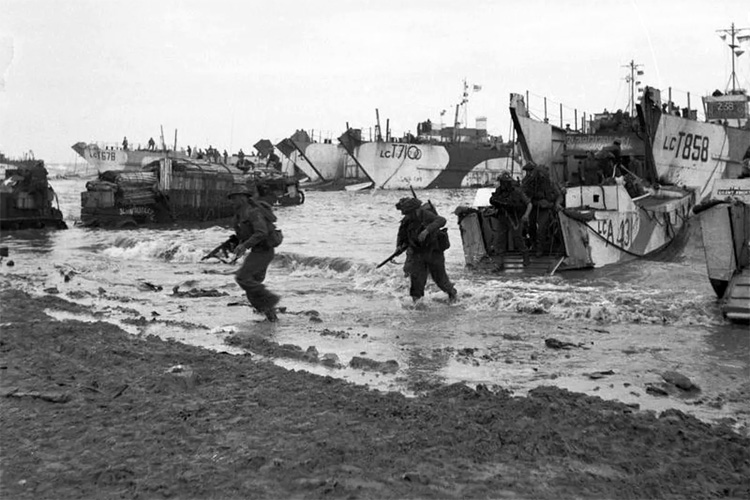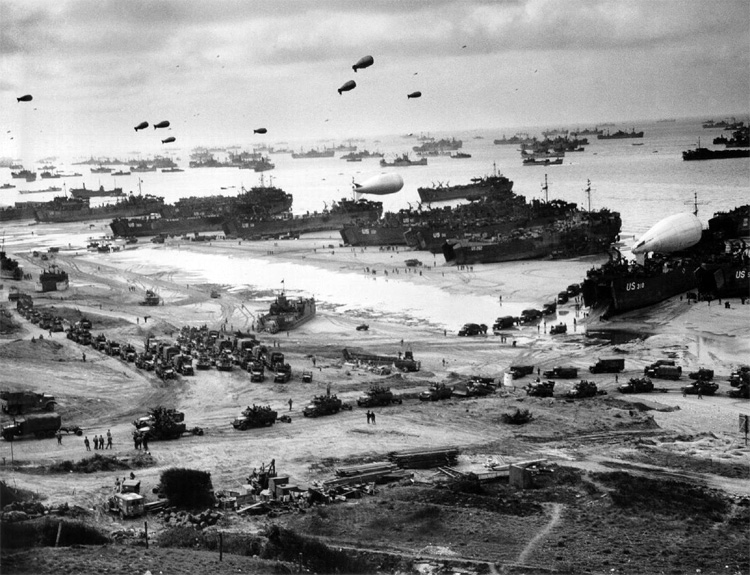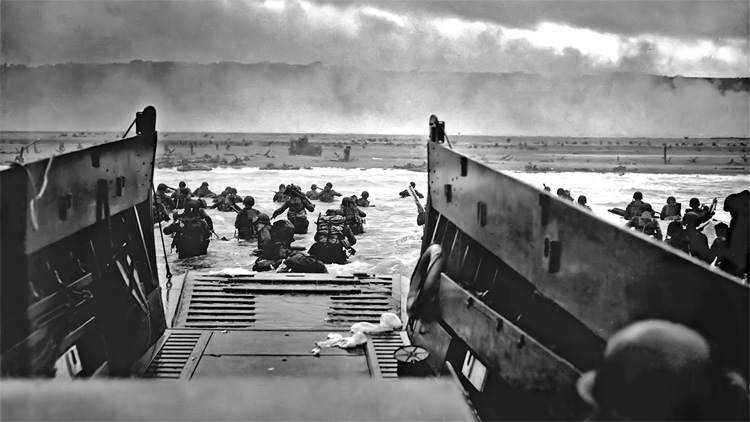It's June 6, 1944, in Normandy, France. The Allied troops are preparing for the largest amphibious operation in history against Nazi Germany.
D-Day has come. While the infantry and armored divisions wait for the green light, the weather charts are constantly being updated.
A recently declassified dossier shows that swell, surf height, and wind were crucial variables taken into consideration during Operation Neptune.
It involved tides, winds, waves, visibility from both air and sea, and the combined engagement with the land, air, and sea forces that could not (and still cannot) be fully foreseen.
On February 1, 1944, the British Admiralty's Naval Meteorological Service activated a Swell Forecast Section to obtain accurate wave predictions for D-Day, the Big Storm (June 19-22, 1944), and other over-the-beach supply operations following the destruction of the artificial harbor at the Omaha beachhead.
Two years before Operation Overlord - the Normandy landings - and Neptune, Franklin Roosevelt, the U.S. President, sent a message to Winston Churchill, the British Prime Minister, showing his concern.
"...bad surf on the Atlantic beaches is a calculated risk," he wrote.

Studying the Surf for Operation Neptune
Nearly one million trained troops were known to be extremely sensitive to wave action and rough seas.
So, it would not be easy to deploy everyone and everything quickly and efficiently at the landing spot if the seas were too rough prior to arrival.
The report from Charles C. Bates, then Lieutenant Colonel of the U.S. Air Force, indicated that the operation "...needed a four-day period of low seas" in order to be successful.
The study of ocean conditions was crucial. Back then, waves meant casualties, not pleasure.
Therefore, it was decided that the Royal Naval Meteorological Service would take on the responsibility of generating sea, swell, and surf forecasts for strategic decision-making.
Graphs for relating wave height and period to wind speed and associated fetch and duration, as well as an estimate of their decay rate, were created.
Knowledge was power.
Wave forecasters for the Allied forces received top-secret aerial photographs of what the surf zones were like at the designated beachheads to complement their information and predictions.

"Okay! Let's Go!"
"Notes on the Sea, Swell, and Surf in the English Channel" was the first confidential report issued by the surf forecast team.
A six-way conference call was established to get updates on the condition of the waves. The day of the attack was going to depend on the surf conditions.
The staff of meteorologists involved included Donald Yates (Colonel, USAF), James Stagg (Group Captain, RAF), and John Fleming (Instructor Commander, RN).
On June 3, 1944, tension built. Eisenhower demanded morning and evening swell updates. D-Day was coming.
On June 4, the forecast for the following 48 hours read two-to-four-foot wind waves for the assault areas.
"The Most Important Weather Forecast in the History of the World" arrived on Monday, June 5, 1944, at 0400 DBST.
"Okay! Let's go!" said Dwight Eisenhower.
On June 6, the observed wave conditions at Operation Neptune's beachheads were two-to-six-foot waves with "choppiness [that] makes personnel transfer difficult."
The rest is history. By the end of August, over two million Allied troops had crossed the English Channel. The casualties among the Allies were about 225,000.
Although the Swell Forecast Section's wave forecasting models became quickly outmoded post-war, it is widely accepted that the early models made enormous contributions to the science of predicting swells and surf.
A few months later, the Allies won World War II, and the planet was finally free from Nazi domination.
